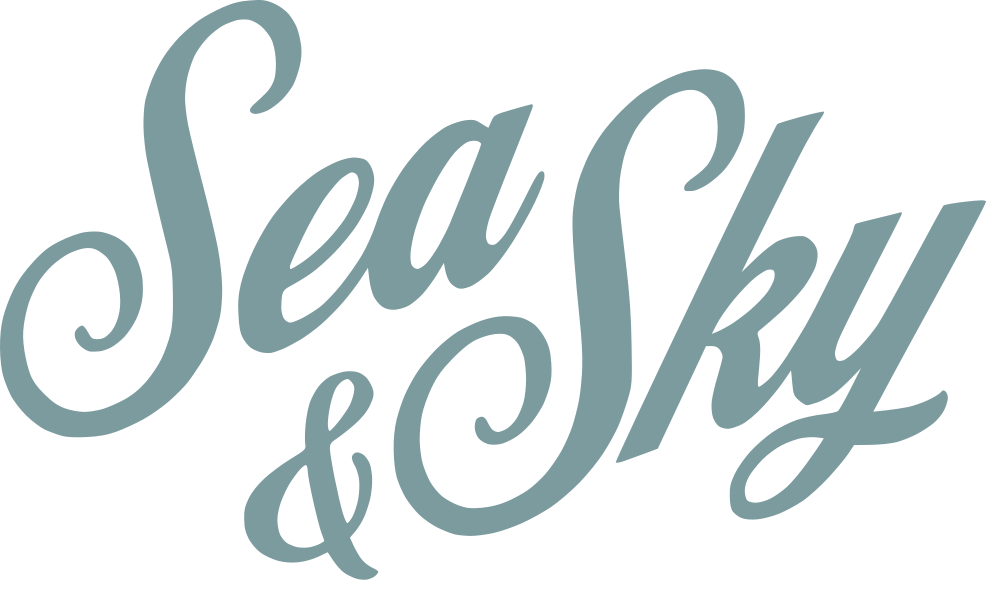Lower Back Pain: How Myofascial Massage Can Help

Understanding Myofascial Adhesions
If you’ve ever experienced persistent lower back pain, you might have myofascial adhesions to blame. These adhesions, often referred to as "knots," occur when the connective tissue (fascia) surrounding your muscles becomes tight, restricted, or stuck together. This can happen due to injury, poor posture, repetitive stress, or even just sitting still for too long. When fascia loses its flexibility and forms adhesions, it can cause pain, limit your movement, and reduce your overall function.
What is Myofascial Release?
Myofascial release (MFR) is a type of manual therapy designed to release these adhesions and restore normal function to the fascia. This technique involves applying gentle, sustained pressure to the affected areas, helping to soften and lengthen the fascia, which in turn relieves pain and improves mobility.
Techniques Used in Myofascial Release
- Gentle Sustained Pressure: This involves applying light, consistent pressure to the tight areas. This helps to soften and lengthen the fascia over time.
How it Works: The therapist uses their fingers, knuckles, or elbows to apply slow, steady pressure to the tight spots. They hold this pressure until they feel the tissue begin to release. - Cross-Hand Stretching: This technique involves stretching the fascia by applying pressure in opposite directions with both hands.
How it Works: The therapist places their hands on either side of the adhesion and gently stretches the fascia by moving their hands apart. - Skin Rolling: This technique lifts and separates the fascia from the muscles, improving mobility and blood flow.
How it Works: The therapist gently pinches the skin and rolls it over the affected area to help release smaller adhesions. - Deep Tissue Massage: To address deeper layers of muscle and fascia, therapists may integrate deeper pressure techniques.
How it Works: The therapist uses slow, firm strokes to reach deeper layers of muscle and fascia, gradually increasing pressure to avoid discomfort.
The Importance of Stretching and Movement
In addition to manual therapy, incorporating regular stretching and movement can enhance the benefits of myofascial release. Here are some tips:
- Passive Stretching: During your session, the therapist may gently stretch your lower back, hips, and hamstrings to promote flexibility and reduce tension.
- Active Stretching and Exercise: Engaging in regular stretching and strengthening exercises can help maintain flexibility and support overall back health.Suggestions: Activities like yoga or Pilates can be particularly beneficial for maintaining lower back health.
Self-Care Tips to Prevent Myofascial Adhesions
To help manage and prevent myofascial adhesions, consider these self-care tips:
- Stay Hydrated: Proper hydration helps keep your fascia elastic and healthy.
- Maintain Good Posture: Pay attention to your posture, whether you’re sitting or standing, to reduce strain on your lower back.
- Move Regularly: If you have a sedentary job, take regular breaks to move around and stretch.
Conclusion
Myofascial release can be a highly effective way to reduce lower back pain and improve your overall mobility. By addressing the root causes of pain through gentle, targeted techniques, this therapy can help you find relief and enhance your quality of life. If you’re experiencing lower back pain, consider scheduling a myofascial release session to see how it can benefit you.
For more information or to book an appointment, contact us at 727-328-4750
